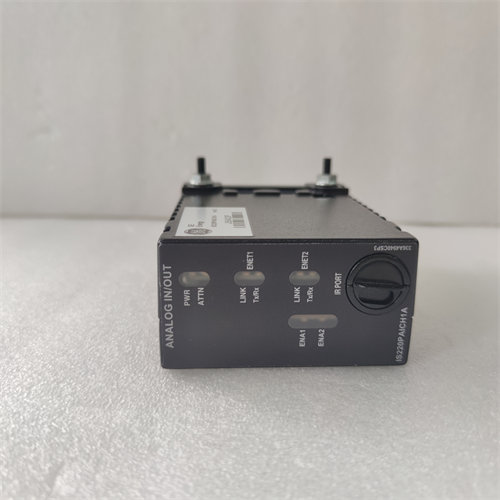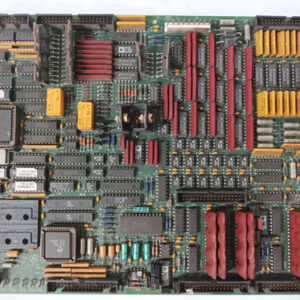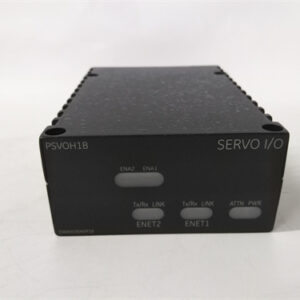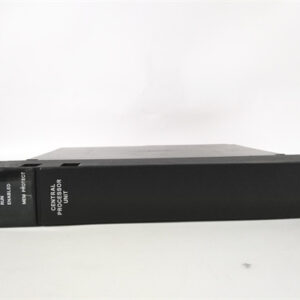الوصف
The GE IS230SNIAH4A is an isolated analog input module for the GE Mark VIe control system. This module is designed for DIN rail mounting and is used to read analog signals from field devices while providing electrical isolation.
Key Features and Functionality
- Isolated Analog Inputs: This is the key feature. The module provides electrical isolation between the field wiring (from sensors) and the internal electronics of the control system. This protection is crucial for preventing ground loops and shielding the sensitive controller from electrical noise, surges, or faults that can occur in industrial environments.
- Analog I/O: The module handles analog input signals, which are used to measure continuous variables such as temperature, pressure, flow, and level. It converts these analog signals into digital data that the Mark VIe controller can use for precise process monitoring and control.
- DIN Rail Mounting: The module is built for standardized installation on a DIN rail within a control cabinet. This common mounting method simplifies wiring, saves space, and makes installation and maintenance more efficient.
- Mark VIe Integration: The “IS230” prefix confirms that this module is part of the Mark VIe series. It integrates seamlessly with the system’s main controllers, ensuring reliable and high-performance operation.
Applications
The IS230SNIAH4A is used in various industrial settings that require precise and reliable analog control with a need for electrical isolation.
- Power Generation: It is used to monitor critical variables on gas and steam turbines, such as bearing temperatures and lubrication oil pressure, where electrical isolation is essential for signal integrity and system protection.
- Oil and Gas: In refineries and offshore platforms, it helps manage critical process variables, including the level of fluids in tanks, pressure in pipelines, and the position of control valves.
- Industrial Automation: The module is a fundamental component in many manufacturing processes that rely on automated control for efficiency and product quality, especially where signals may be susceptible to electrical interference.



 +86 15340683922
+86 15340683922 +86 15340683922
+86 15340683922


